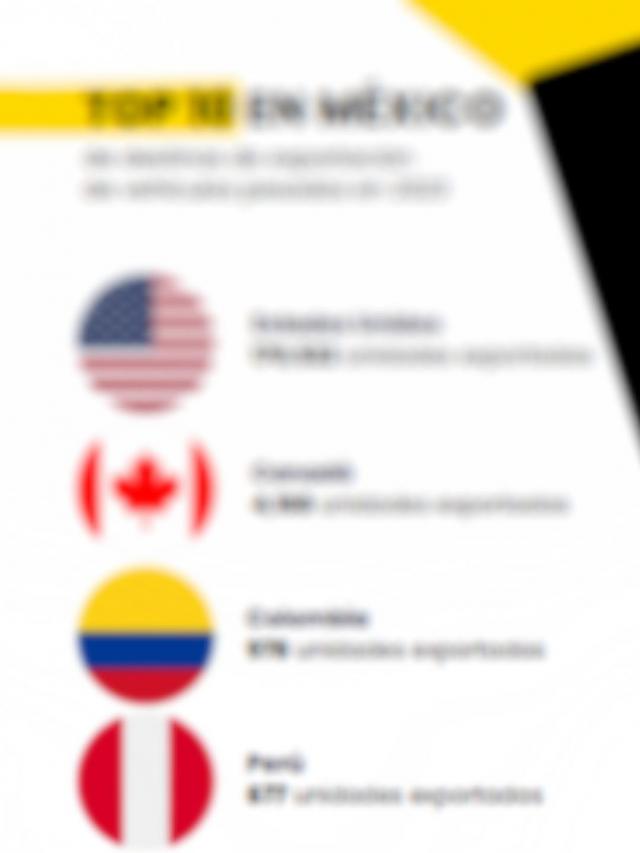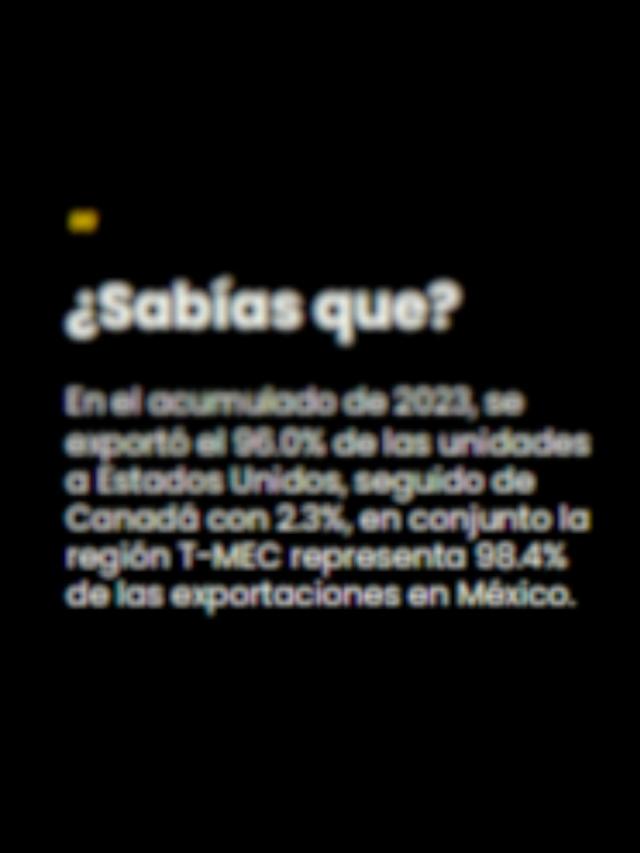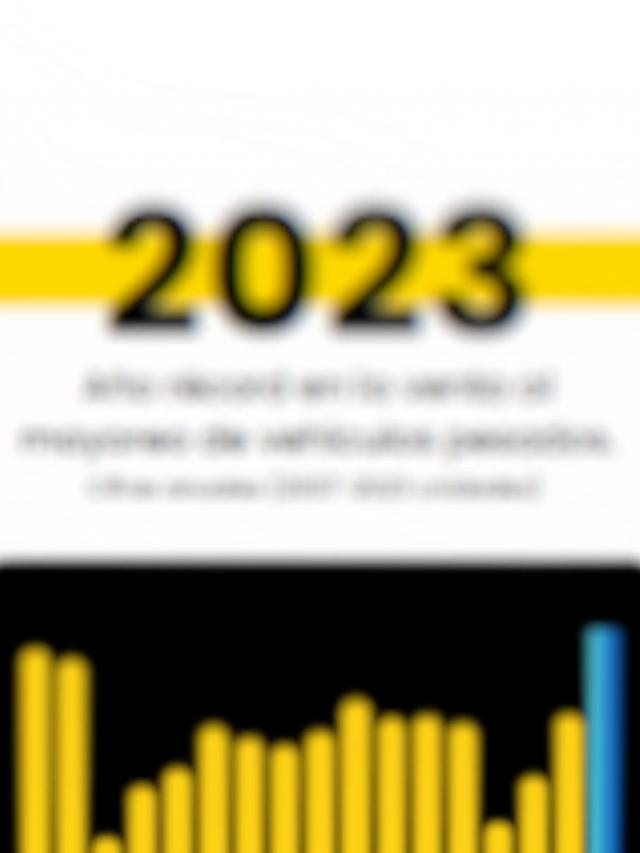
Global logistics is navigating increasingly turbulent waters. Geopolitical disruptions, trade tensions, regulatory restrictions, and extreme weather events have created a constantly uncertain environment for supply chains.
In this context, the Council of Supply Chain Management Professionals (CSCMP) , in collaboration with Kearney and Penske Logistics , presented the State of Logistics Report 2025 , an annual thermometer on the health and transformation of the logistics ecosystem, which this year is entitled Navigating through the fog .
“We expected greater visibility for 2024, but what we got was more fog. We entered 2025 with new complexities: protracted conflicts like those in Ukraine and the Middle East, blockages in strategic corridors like the Suez Canal and the Panama Canal, and a wave of tariff policies with profound implications for global flows,” explained Korhan Acar, a partner at Kearney and lead author of the report.
To respond to this changing context, the 2025 report incorporated a more robust methodology.
The firm has added Kearney Foresight , its forward-looking analysis division, to its team , specializing in modeling scenarios for systemic shocks.
In addition, the sample of interviews with logistics and transportation industry executives was doubled, allowing for a more precise identification of stress and resilience issues.
“Resilience has ceased to be a differentiator and has become an operational requirement. Efficiency or low costs are no longer enough; the chains that survive are those that can adapt quickly to any disruption,” said Acar.
Logistics costs grow and consolidate
One of the most significant findings is the increase in total logistics spending in the United States, which reached $2.3 billion , equivalent to 8.8% of nominal GDP.
This represented an increase of $135 billion compared to 2023 , marking a new structural level following the changes induced by the pandemic.
“We’re seeing a stabilization at a higher point. For many companies, logistics costs are no longer a secondary line of business; they’re now strategic, visible, and decisive for profitability,” Acar noted.
The report shows that trucking fell 0.7% in value due to a decrease in fares and overcapacity, although the market is beginning to stabilize.
Maritime transport saw the greatest growth, with a 93.1% increase in spending, driven by rate increases on Asia-US routes of up to 77% and a string of disruptions such as the Red Sea crisis, the drought in the Panama Canal, port congestion, and strikes on the US East Coast; even a tariff pause was enough to temporarily boost rates.
In parallel, air transport grew 8.6%, driven by e-commerce, express shipments, and diversions from maritime transport.
Although airfares fell 3%, high demand and fleet reductions by FedEx and UPS kept the sector under pressure.
Growth is expected to be 6% by 2025 , although reforms such as the de minimis reform could reduce international demand for small packages
In this regard, parcel delivery increased by 2.2%, driven by the continued growth of e-commerce , which represents 16.4% of retail sales in the United States and up to 50% in China.
Rail transport, meanwhile, grew modestly by 0.8%, with an 8% increase in intermodal volumes, although pressured by lower trucking rates.
General cargo volumes fell 3%, especially in coal, minerals, and metals. The outlook is cautious given truck competition and the weak industrial recovery.
In storage , the market stabilized and vacancy increased, but at a slower pace than in previous years. Rents grew by 5%, and subleases reached record levels.
Net takeup and new construction fell sharply. Contracts signed during the pandemic will expire in one to three years, which could lead to disruptions, and the popularity of bonded warehouses has also increased.
In terms of inventories , 58% of shippers maintained stable levels, while 27% reduced them and 15% increased them.
Although a destocking process was expected , it did not materialize due to front-loading in response to potential tariffs. The logistics inventory index rose from 60.7 to 73, indicating an expectation of expansion in the remainder of 2025.
One of the most striking findings is the so-called barbell effect on delivery speed.
On the one hand, giants like Amazon are consolidating consumer expectations of same-day or next-day delivery, which has become a key competitive differentiator. On the other hand, there is a solid consumer base that prioritizes cost over speed.
In this segment, delivery accuracy is more important than speed.
This change has opened the door to greater diversification of logistics providers.
Startups, carriers, and regional transporters are gaining ground against larger national carriers, as UPS strengthens its rural delivery network and Amazon expands its role as a third-party carrier nationwide.
From reshoring to friendshoring, the global network is reconfigured
Another relevant point of the report is the analysis of relocation strategies.
Far from a massive return of manufacturing to the United States , companies are opting for hybrid models, supplier diversification, expansion into politically neutral countries, and strengthening relationships with trading partners.
“Most aren’t looking to return all of their production. Even with 25% tariffs, the total cost of moving an operation can be higher than keeping it where it is, if there isn’t a clear business case,” Acar said.
He added that only in strategic cases, such as sensitive or high-tech products, is a more drastic measure justified.
In contrast, mergers and acquisitions (M&A) in the logistics sector slowed for the third consecutive year. Regulatory and geopolitical uncertainty led many companies to focus on protecting their operations and optimizing their installed base, rather than growing through acquisitions.
Evolution of 3PL and freight forwarding
3PLs (third-party logistics) and freight forwarders are seeing key growth as strategic partners.
Today’s complexity demands end-to-end solutions , accelerating the adoption of artificial intelligence and automation , as well as a transformation of business models toward more agile and flexible operations.
Investments focus on last mile , regional alliances, and automated warehousing.
The report highlighted a fundamental mindset shift : optimization is no longer a one-time exercise, but an ongoing process. Successful companies combine digital execution with more resilient and dynamic network models, ready to adapt in real time.
“Navigating through the fog requires not only more precise instruments, but also a different mindset. Companies that understand this will be better positioned to face what’s coming,” Acar said.
Comment and follow us on X: @jenna_GH_/ @GrupoT21















